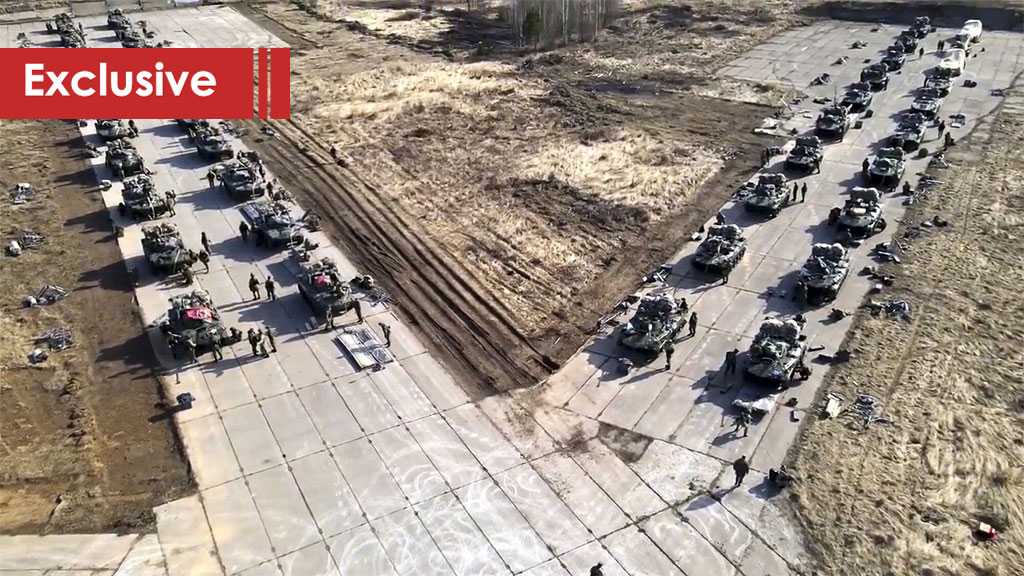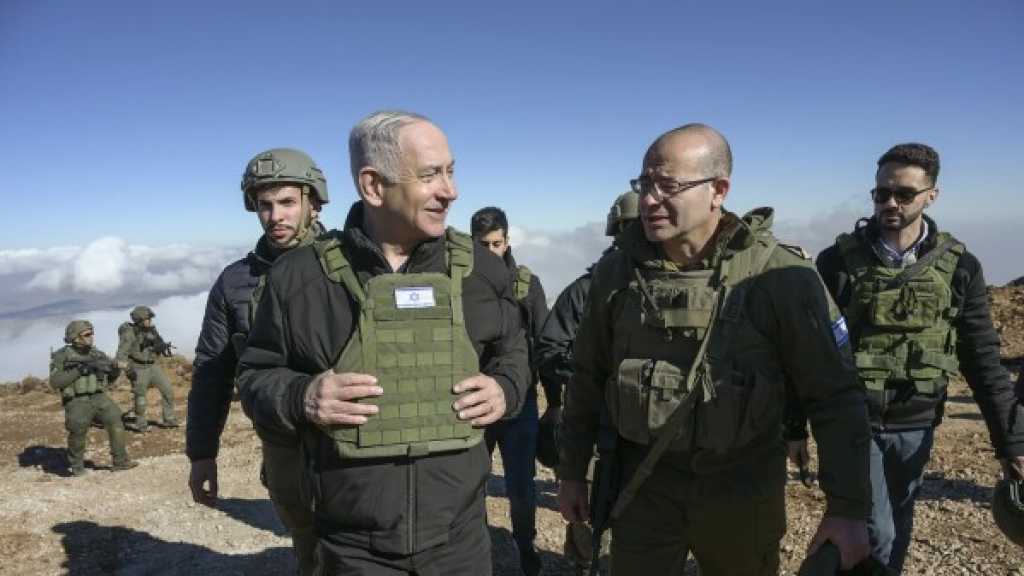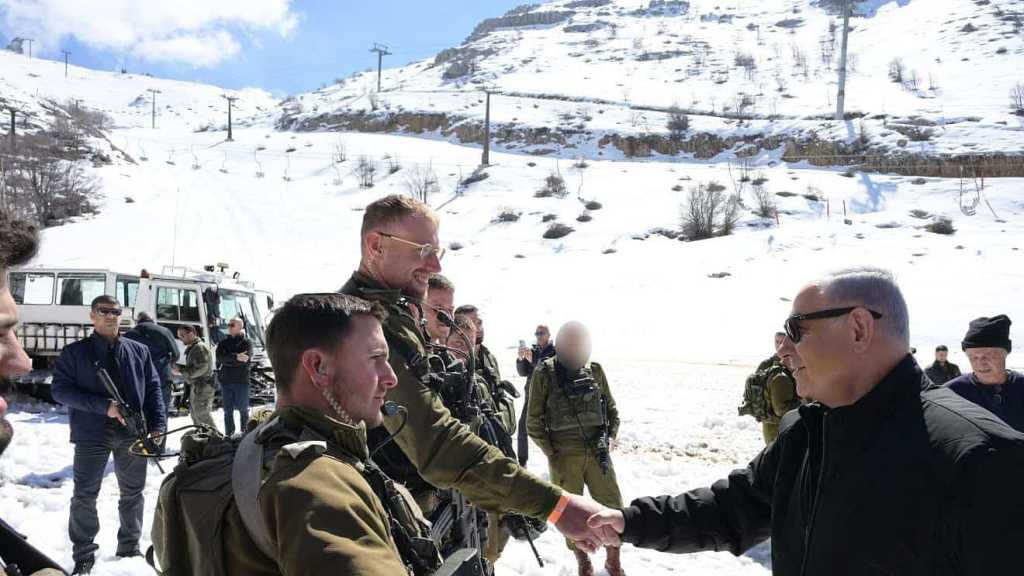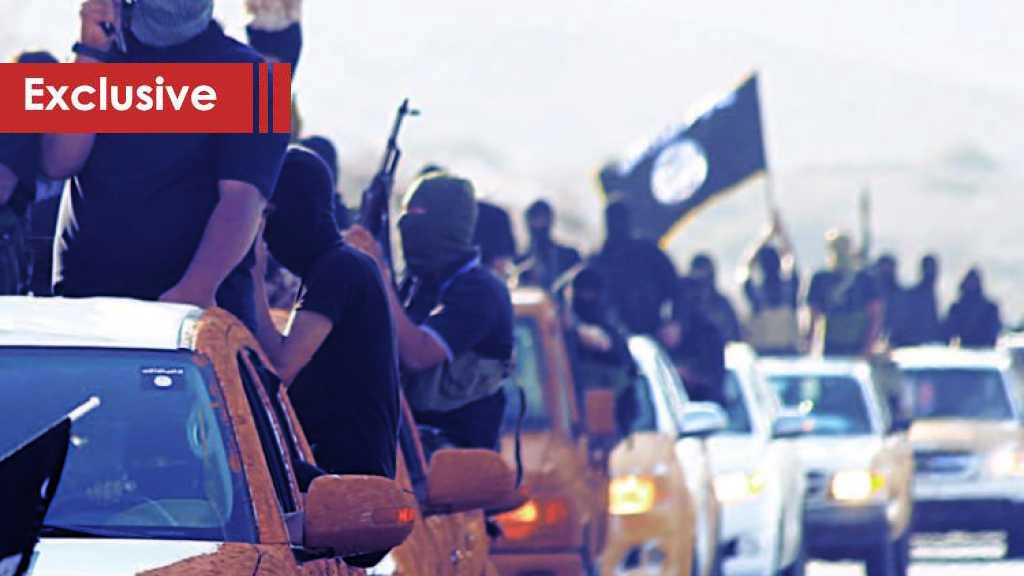Did Russia Have to Attack Ukraine?

By Darko Lazar
While announcing the start of military operations inside Ukraine on February 24, Russian President Vladimir Putin declared that he “had no other way of proceeding”.
“What was happening left us with no choice,” Putin said, noting that a “high-risk” situation in Ukraine posed an existential threat to Russia. However, he never specified what that risk was.
Naturally, everyone concluded that Putin was talking about NATO’s eastward expansion over the last three decades. But what if there is more to it than that?
Pathogens and biological weapons
In October 2017, Putin was hosting a meeting at the Kremlin of the Russian Presidential Commission on Human Rights.
At one point, the discussion took an unexpected turn when Putin suddenly suggested that the West was working on a new bioweapon.
“Do you know that biological material is collected all over the country, from different ethnic groups and people living in different geographical locations of Russia?” Putin said. “But what for? They do it purposefully and professionally.”
The Russian president was referring to research being conducted by the US Air Force's largest medical department (the 59th Medical Wing). Those allegations prompted a quick response from the Pentagon.
The spokesman for the Air Education and Training Command, Capt. Beau Downey, told Sputnik that the samples are being collected “to conduct musculoskeletal research aimed at identifying the different biomarkers associated with injury.”
Fast forward to October 2021, when the war of words between Beijing and Washington over the origins of the coronavirus was intensifying. Both sides were alleging that the pandemic was linked to each other’s research.
That same month, Beijing joined Moscow in calling on the United Nations to review the biological warfare strength of the US and its allies. China and Russia jointly demanded that Washington abides by a UN convention on biological weapons, accusing the Americans of operating more than 200 military biolabs outside the US. The Chinese and the Russians allege that these US military facilities pose a direct threat to their national security.
Nothing about this declaration suggests that it was meant for propaganda purposes. It wasn’t widely covered by the media or circulated by the Chinese and Russian governments.
Instead, it was quickly followed by Moscow’s demands for security guarantees from the West, including that Ukraine should never become a member of NATO. China offered its support to Russia, warning that Moscow had “reasonable security concerns,” which the Americans and their allies should take “seriously”.
Just a few days later, Russia’s neighbor to the south and one of its most important allies, Kazakhstan, suddenly descended into chaos. Hundreds were killed as shadowy armed cells began seizing critical state infrastructure.
While a large Russian force deployed to help restore order in that country, Russia’s official news agency TASS highlighted reports that a secret bio-laboratory there had been compromised. The lab, which sits just outside Kazakhstan’s Almaty, is funded by the Pentagon and used to store dangerous pathogens. According to unconfirmed reports, the lab was briefly seized by “unidentified people”.
Then came the opening ceremony of the Winter Olympics, which was overshadowed by the most recent meeting between Putin and Chinese President Xi Jinping. A few weeks later, Russian troops were given the order to move on Ukraine.
A chain of laboratories
On February 25, an article published in The Bulletin of the Atomic Scientists cites the director of the Pentagon’s Cooperative Threat Reduction Program, Robert Pope, who claims that Russia’s military operation in Ukraine endangers a network of US-linked labs, which handle dangerous pathogens.
The Cooperative Threat Reduction Program is part of the so-called Defense Threat Reduction Agency (DTRA), which traces its roots back to the Manhattan Project - the American-led development of the world’s first functional atomic weapon.
And while Pope claims that the US military labs in Ukraine are not bioweapons facilities but public and animal health laboratories, he makes a number of startling revelations.
For starters, he confirms the existence of pathogens that can easily become infectious.
“If you lose the electrical power, the pathogens in the freezers warm up,” Pope explains.
“If the ventilation system is damaged, or the building itself is damaged, and these now ambient-temperature pathogens are able to escape the facility, then they can be potentially infectious.”
From there, Pope appears to try and build an alibi by suggesting the Russians “could potentially go to one of these facilities and fabricate something that they call evidence of nefarious activity.”
But the real kicker is Pope’s admission that these supposedly harmless facilities may hold pathogen strains left over from the Soviet bioweapons program.
“Scientists being scientists, it wouldn’t surprise me if some of these strain collections in some of these laboratories still have pathogen strains that go all the way back to the origins of that program,” the good doctor warns.
Perhaps equally alarming is the disclosure that 62% of this program’s USD 360 million budget is allocated for biological research.
The website of the US embassy in Kiev confirms the existence of this program. However, the fact sheets and PDF files detailing the operations of these facilities have been removed from the server. Whoever the Pentagon tasked with that mission wasn’t very thorough, as the original documents can still be found on the web archive.
If these were mere animal health laboratories, one would expect their financing to have come from the US Department of Health. But the documents show that the sole “donor” for each of these labs is the US Department of Defense. Moreover, all the facilities either had or were in the process of obtaining licenses to work with dangerous pathogens.
Two of the labs, in Kiev and Odessa, were undergoing some sort of additional construction. The sam.gov website, a central database that includes information about all US government contractors, reveals that the construction commenced in late July and was supposed to be completed within seven months – in late February.
Are these facilities really developing genetic tools that threaten the Russian population and pose the sort of “high risk” that Putin was referring to? No one can say for sure. But the involvement of shadowy characters like Pope and warnings from both Beijing and Moscow about opaque American military biolabs must be treated as more than just conspiracy theories.
What will it be like after the war?
The establishment of US military labs in former Soviet republics surrounding Russia is just another consequence of NATO’s 30-year-long eastward expansion. The same can be said for the wars in the Balkans, Georgia and of course, Ukraine.
NATO’s insistence on integrating these countries into the Western military alliance gave rise to very legitimate concerns in Moscow. While watching this powerful and hostile force inch closer toward its borders, the Russians spent the better part of the last three decades warning of the potential consequences.
At the start of 2022, NATO simply rebuffed Moscow's core demands for formal security guarantees, sending a clear message that negotiations over such matters are impossible. It’s also the clearest indication yet that only Russia can guarantee its own security and that Moscow will likely have to remove threats along the country’s vast border by force.
As such, Moscow is no longer relaying its concerns via diplomatic channels. The Russian military is doing the talking now, and if the West is even remotely interested in averting a nuclear holocaust, they will need to listen carefully.
One of the more explicit attestations of the severity of this situation came from an unlikely source. At the end of February, Russian state television host Dmitry Kiselyov opened his primetime show by saying: “Why do we need a world if Russia is not in it?”
Some people are still walking around thinking the world they knew just a few months ago still exists. But the old political structures and alliances are dead. So is the unipolar world. The old-world order is no longer.
These are tectonic shifts in the global balance of power that are historically accompanied by the outbreak of disease, uncompromising social divisions, economic hardship, and wars. Those who survive will live to tell the tale.
Comments




